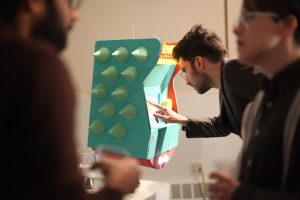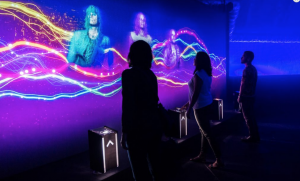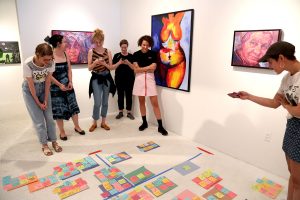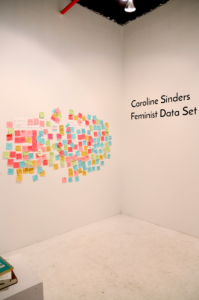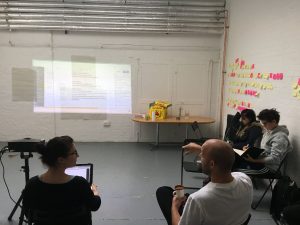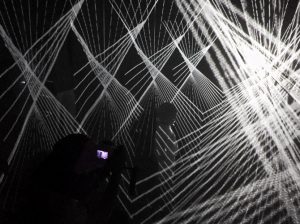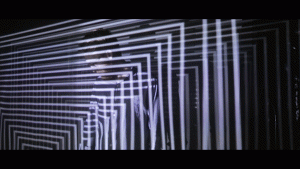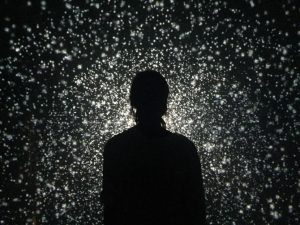TACTUM – Tactile Augmented Reality from Madeline Gannon on Vimeo.
This video highlights the process of creating a Tactum wearable.
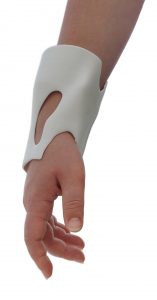
Tactum (2015), by Madeline Gannon, is a skin centric design tool that allows people to design 3D printed wearables on their bodies using depth sensing and projection mapping. This modeling tool allows people to design wearables naturally. Through touching, poking, rubbing, or pinching the skin, people can easily manipulate the design of the wearables and then 3D print them. I admire this project because it is interactive, efficient, and customizable. I admire how the designer found a way to use interactive technology for fashion and functional purposes. This project was led by Madeline Gannon, the head of Madlab.cc and a PhD candidate in Computational Design at Carnegie Mellon University. She runs Madlab.cc which is a research studio that specializes in creating interfaces for wearables on the body.
![[OLD FALL 2018] 15-104 • Introduction to Computing for Creative Practice](../../../../wp-content/uploads/2020/08/stop-banner.png)


 Among all McCarthy’s projects, I really loved her project “24h HOST,” which was collaborated with Casper Schipper. It was created in November of 2017. I approached this project mainly, because I was intrigued by the use of space and colors in this project. Reading into “24h HOST,” I admired how it used algorithms and emphasized the future role of humans in AI driven world. This project is a small, 24 hour party. Unlike most parties, this 24 hour party is driven by a software that automates the event. Every 5 minutes, one guest departs and a new guest arrives. Throughout the 24 hours, the software system all continue to bring in an endless cycle of guests, which will tire the human host.
Among all McCarthy’s projects, I really loved her project “24h HOST,” which was collaborated with Casper Schipper. It was created in November of 2017. I approached this project mainly, because I was intrigued by the use of space and colors in this project. Reading into “24h HOST,” I admired how it used algorithms and emphasized the future role of humans in AI driven world. This project is a small, 24 hour party. Unlike most parties, this 24 hour party is driven by a software that automates the event. Every 5 minutes, one guest departs and a new guest arrives. Throughout the 24 hours, the software system all continue to bring in an endless cycle of guests, which will tire the human host.

